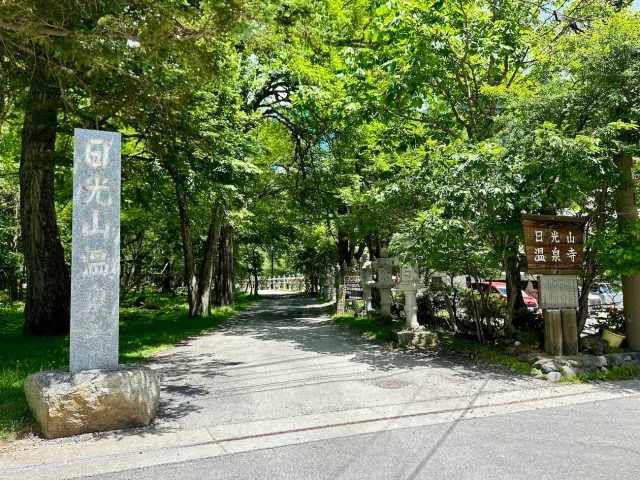
Escape the crowds of tourists at Nikko with a visit to this hidden gem.
Nikko in Tochigi Prefecture is known for its natural beauty and World Heritage-listed temples, one of which is home to the famous three wise monkeys, but it’s also home to a rare hot spring temple that often gets overlooked by tourists.
Called Nikkozan Onsenji, this is a temple where you can bathe in hot springs, and it’s an annex of Nikko’s World Heritage-listed Nikkosan Rinnoji Temple. Located in Okunikko Yumoto Onsen, this hot spring has a history that stretches back to 788, and our reporter Masanuki Sunakoma took advantage of a recent day off to head out to the onsen so he could soak in its waters.
▼ First, though, he soaked in the scenery as he walked along the shaded approach to the temple, which was lined with stone lanterns.
Masanuki ended up following a group of guests to the temple building, where he discovered there was a sutra copying experience available, for 1,000 yen (US$7) per person.
Figuring this would be a great way to ease himself into the zen-like surroundings, he signed up and took a seat, emptying his mind as he used a calligraphy brush to trace over 16 characters from one section of the Yakushi Sutra.
The passage translates to “You can escape from all sorrow and suffering with the great good fortune of Yakushi Nyorai.” It’s said that if you trace each letter with all your heart, your mind will naturally calm itself.
Those who leave their traced sutra in front of the altar will be given a special golden goshuin (stamped paper), marked with the date and the name of the temple.
Masanuki tucked his goshuin carefully into the pocket of his bag and exited the building, proceeding to the hot springs, which goes by the name Yakushi-yu.
The hot springs building also serves as the temple office, and its interiors will take you several decades back in time. The gender-separated bathing facilities here are just as rustic as the building, and the hot spring itself dates back even further.
▼ The entry to the men’s bath.
Back in the Edo period (1603-1867), these hot springs were closed to members of the general public, so Masanuki felt a rush of excitement at being able to soak in such exquisite waters. Unlike a lot of modern hot spring establishments, though, this onsen doesn’t rent out towels, so you’ll need to remember to bring one with you when you visit.
After undressing in the changing room, where Masanuki was able to learn more about the effectiveness of the hot springs by reading the wooden board above, he proceeded to the bath itself, which made him smile in delight.
Not only was the bath overflowing with rustic beauty, it was overflowing with beautiful milky green water, and to cap it all off, he had the whole place to himself. The water here is emerald green at its source, turning milky white when exposed to air, giving it an almost otherworldly feel.
The water is hot, so you’ll want to be careful by slowly introducing your body to the extreme temperature — don’t throw a bucket of water over your shoulders first thing. The high percentage of sodium sulphate in the water is said to have skin-smoothing properties, and Masanuki could feel the effect as he slowly slid into the bath and allowed the water to work its healing powers on him.
▼ After his soak, Masanuki felt totally rejuvenated as he got dressed and headed out along the corridor to the relaxation area.
At the relaxation area, he was able to enjoy tea and Nikko Jingoro rice crackers, a local specialty of the region, while cooling off and enjoying the view. The laid-back atmosphere and retro feel of the building made him feel like he was visiting his grandma’s house in the country during summer vacation.
▼ The simple refreshments reminded him of his grandma’s house too.
▼ Totally refreshing!
Before making his way back to the hustle and bustle of Tokyo, Masanuki had one more place to visit — Yunodaira Marsh, which is the source of Nikko Yumoto Onsen, located near Onsenji Temple.
▼ The marsh is just a four-minute drive from the temple.
A path made up of wooden planks stretches out into the wetland, taking visitors past a series of hut-like structures. These structures are used to conceal unsightly pumps that draw water directly from the hot springs that gush from the ground here.
▼ This is where the Yumoto Onsen region sources its hot spring water.
Because hot springs gush out from this wetland, it doesn’t freeze in winter, which means you can see many animals stopping by here throughout the year. The smell of sulphur hangs thick in the air, but it’s an amazing place that makes you stop and realise the beauty, wonder and power of Mother Nature.
So if you’re looking to go on a day trip while visiting Tokyo, it’s worth adding Onsenji to your itinerary. It’s a beautiful place to relax and rejuvenate your body and soul, and if you’d like to venture further from the tourist path, there are even more sites in Tochigi to explore.
Temple information
Nikkozan Onsenji / 日光山温泉寺
Address: Tochigi-ken, Nikko-shi, Yumoto 2559
栃木県日光市湯元2559
Open: 8 a.m.-5:00 p.m.
Closed: End of November to end of April
Bathing fee: 500 yen (adults), 300 yen (children)
Website
Photos © SoraNews24
● Want to hear about SoraNews24’s latest articles as soon as they’re published? Follow us on Facebook and Twitter!
[ Read in Japanese ]

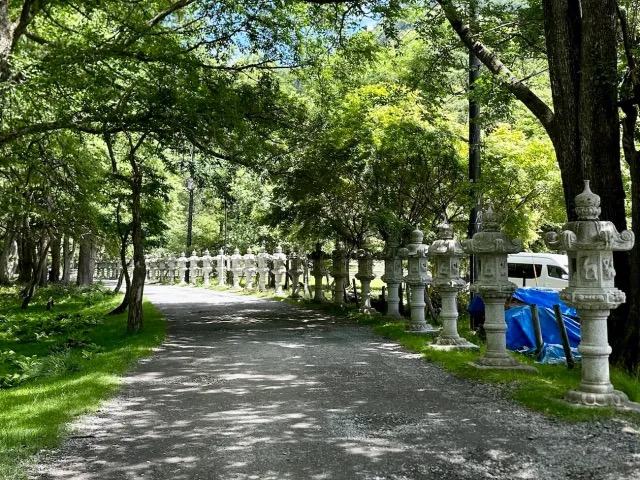
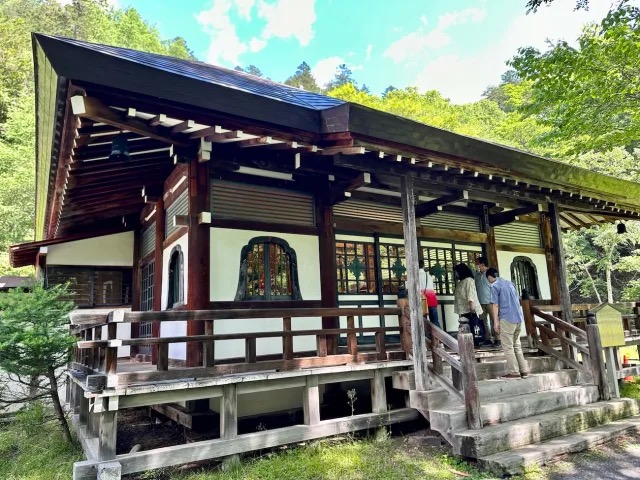
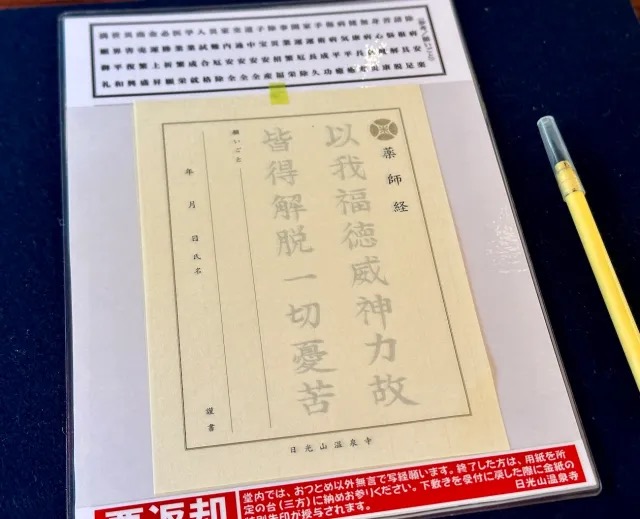

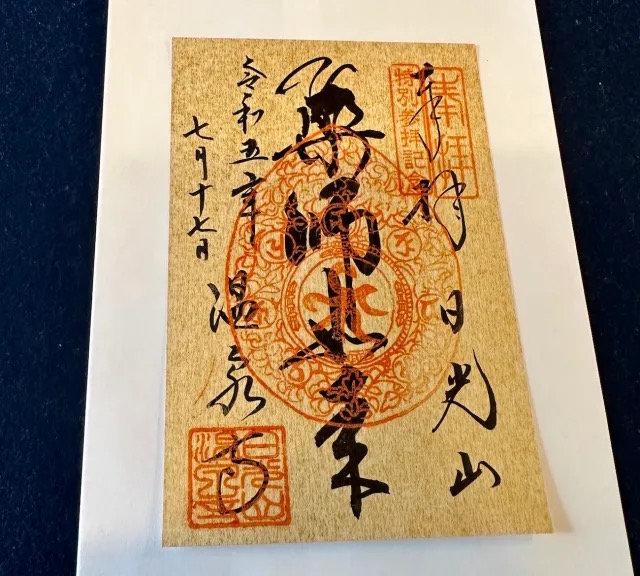
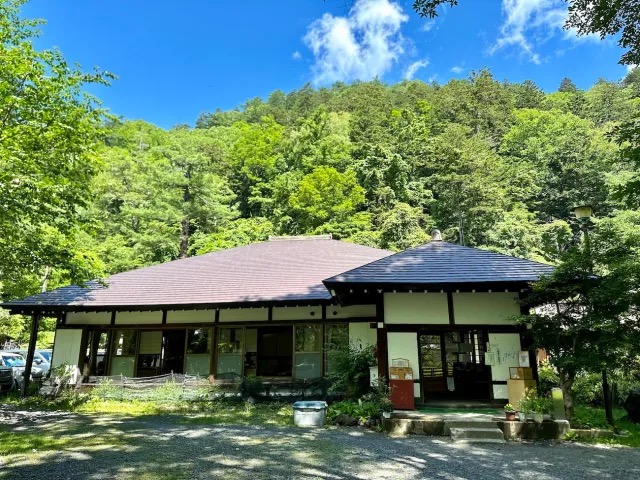
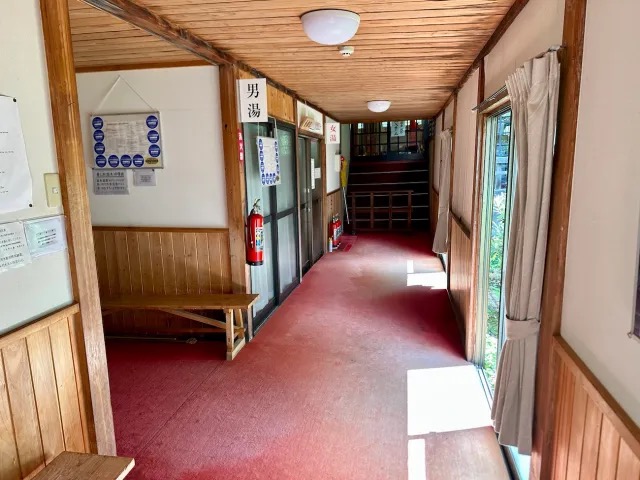
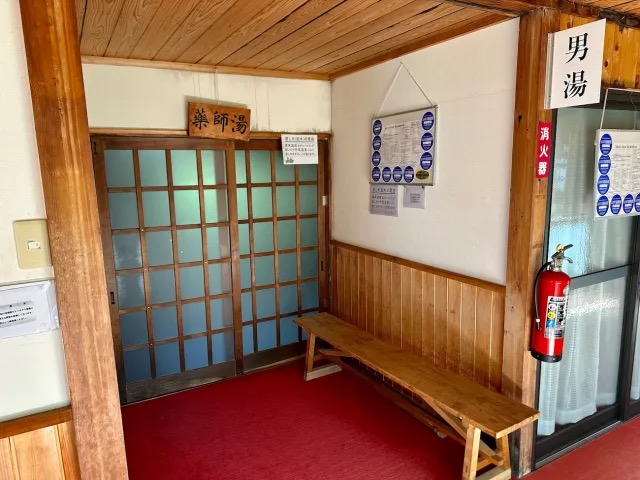
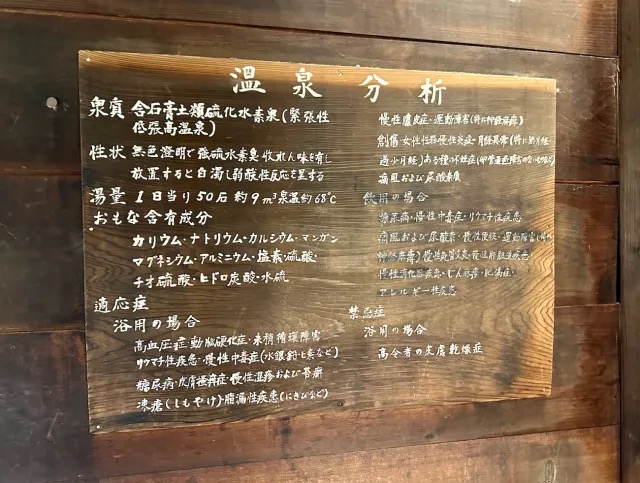
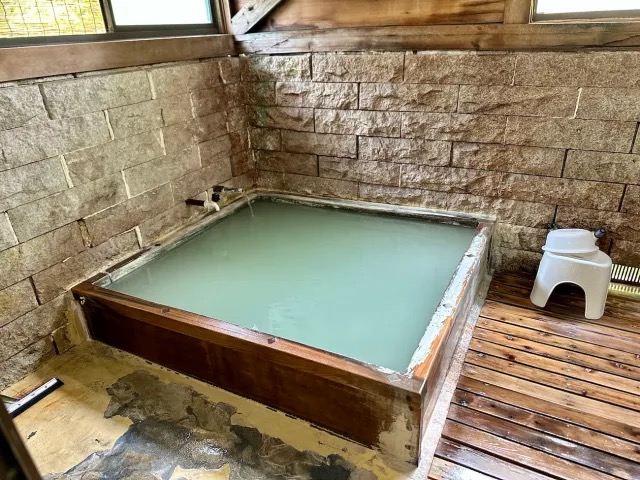
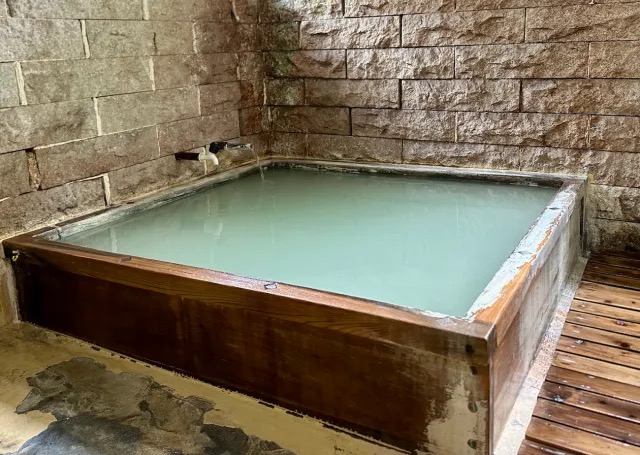
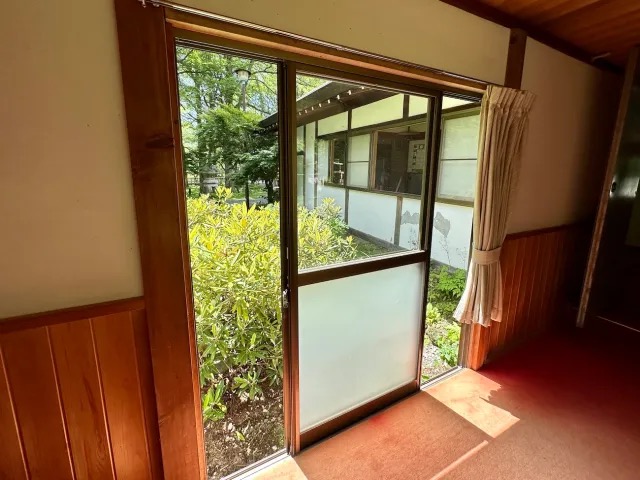

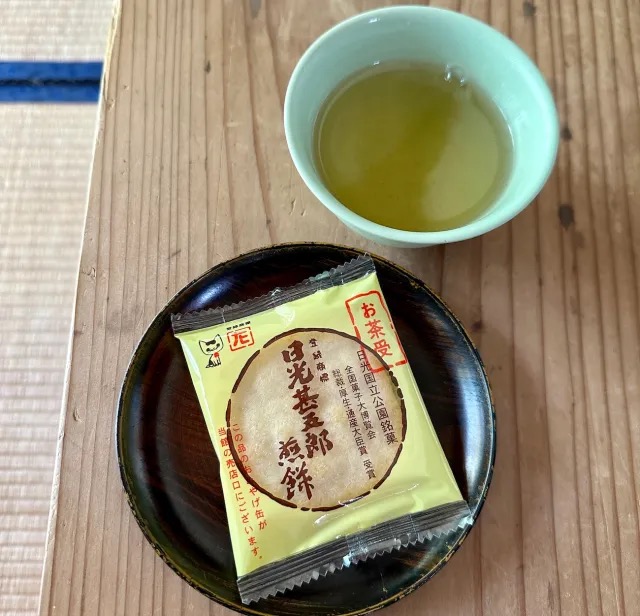
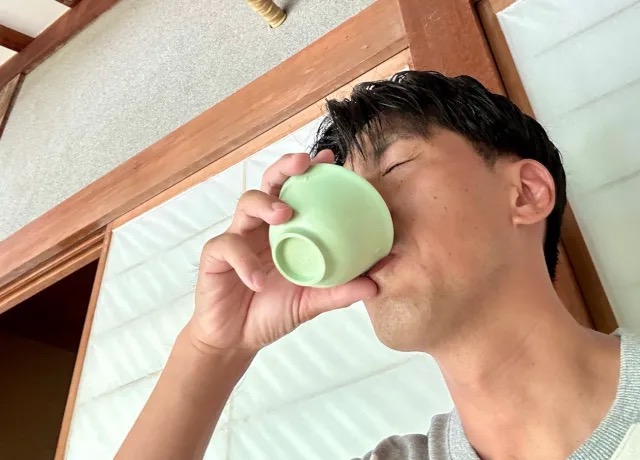
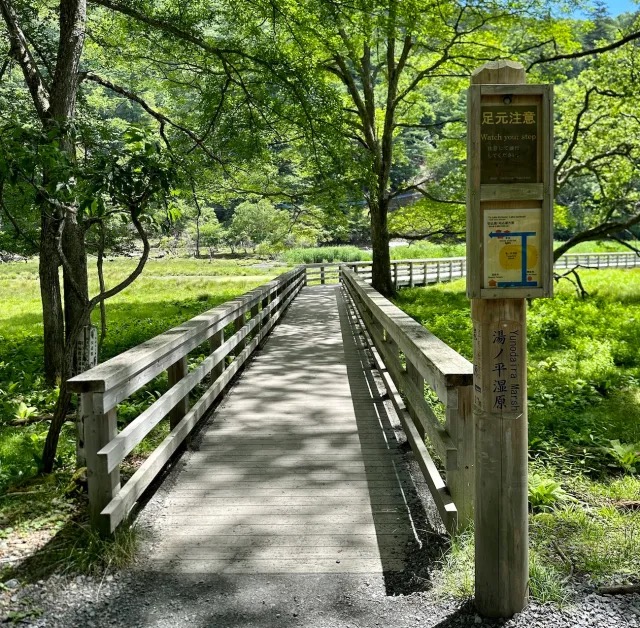

 18 awesome overnight hot spring trips from Tokyo, and a quiz to help pick the best one for you
18 awesome overnight hot spring trips from Tokyo, and a quiz to help pick the best one for you You can make your own hot spring bath at this river in central Japan【Japan travel】
You can make your own hot spring bath at this river in central Japan【Japan travel】 We go looking for the free kaoyu hot spring facebath of onsen town Kusatsu【Photos】
We go looking for the free kaoyu hot spring facebath of onsen town Kusatsu【Photos】 We enjoyed Saitama’s finest hot springs, saunas, and views for less than 3,000 yen
We enjoyed Saitama’s finest hot springs, saunas, and views for less than 3,000 yen The 10 best hotel hot springs in Japan, as chosen by Japanese travelers
The 10 best hotel hot springs in Japan, as chosen by Japanese travelers Foreigner’s request for help in Tokyo makes us sad for the state of society
Foreigner’s request for help in Tokyo makes us sad for the state of society Japanese-style accommodation at the new Premium Dormy Inn hotel in Asakusa will blow your mind
Japanese-style accommodation at the new Premium Dormy Inn hotel in Asakusa will blow your mind Mikado Coffee is a 76-year-old coffee chain with a major celebrity connection
Mikado Coffee is a 76-year-old coffee chain with a major celebrity connection Seaside scenery, history, and so many desserts on Yokohama’s Akai Kutsu【Japan Loop Buses】
Seaside scenery, history, and so many desserts on Yokohama’s Akai Kutsu【Japan Loop Buses】 Japanese ramen restaurants under pressure from new yen banknotes
Japanese ramen restaurants under pressure from new yen banknotes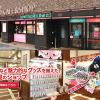 Tokyo’s AKB48 idol-themed cafe announces sudden, permanent closure
Tokyo’s AKB48 idol-themed cafe announces sudden, permanent closure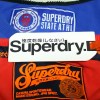 Superdry: The “Japanese” fashion brand that most Japanese people have never even heard of
Superdry: The “Japanese” fashion brand that most Japanese people have never even heard of Japan’s summertime towelket pillowcases are even better with the addition of Ghibli stars【Photos】
Japan’s summertime towelket pillowcases are even better with the addition of Ghibli stars【Photos】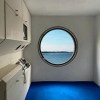 Japanese company starts project to restore Nakagin Capsules to capsule hotel
Japanese company starts project to restore Nakagin Capsules to capsule hotel Smash Bros. director Sakurai stabs Kirby in the face, has delicious justification for it
Smash Bros. director Sakurai stabs Kirby in the face, has delicious justification for it McDonald’s new Happy Meals offer up cute and practical Sanrio lifestyle goods
McDonald’s new Happy Meals offer up cute and practical Sanrio lifestyle goods French Fries Bread in Tokyo’s Shibuya becomes a hit on social media
French Fries Bread in Tokyo’s Shibuya becomes a hit on social media Red light district sushi restaurant in Tokyo shows us just how wrong we were about it
Red light district sushi restaurant in Tokyo shows us just how wrong we were about it New private rooms on Tokaido Shinkansen change the way we travel from Tokyo to Kyoto
New private rooms on Tokaido Shinkansen change the way we travel from Tokyo to Kyoto Tokyo Tsukiji fish market site to be redeveloped with 50,000-seat stadium, hotel, shopping center
Tokyo Tsukiji fish market site to be redeveloped with 50,000-seat stadium, hotel, shopping center Japanese city loses residents’ personal data, which was on paper being transported on a windy day
Japanese city loses residents’ personal data, which was on paper being transported on a windy day Beautiful Ghibli sealing wax kits let you create accessories and elegant letter decorations【Pics】
Beautiful Ghibli sealing wax kits let you create accessories and elegant letter decorations【Pics】 Secret Kitchen bento serves Japanese flowers, birds, wind and moon in a box, but is it worth it?
Secret Kitchen bento serves Japanese flowers, birds, wind and moon in a box, but is it worth it? New definition of “Japanese whiskey” goes into effect to prevent fakes from fooling overseas buyers
New definition of “Japanese whiskey” goes into effect to prevent fakes from fooling overseas buyers Our Japanese reporter visits Costco in the U.S., finds super American and very Japanese things
Our Japanese reporter visits Costco in the U.S., finds super American and very Japanese things Studio Ghibli releases Kiki’s Delivery Service chocolate cake pouches in Japan
Studio Ghibli releases Kiki’s Delivery Service chocolate cake pouches in Japan All-you-can-drink Starbucks and amazing views part of Tokyo’s new 170 meter-high sky lounge
All-you-can-drink Starbucks and amazing views part of Tokyo’s new 170 meter-high sky lounge More foreign tourists than ever before in history visited Japan last month
More foreign tourists than ever before in history visited Japan last month New Pokémon cakes let you eat your way through Pikachu and all the Eevee evolutions
New Pokémon cakes let you eat your way through Pikachu and all the Eevee evolutions Disney princesses get official manga makeovers for Manga Princess Cafe opening in Tokyo
Disney princesses get official manga makeovers for Manga Princess Cafe opening in Tokyo Sales of Japan’s most convenient train ticket/shopping payment cards suspended indefinitely
Sales of Japan’s most convenient train ticket/shopping payment cards suspended indefinitely Sold-out Studio Ghibli desktop humidifiers are back so Totoro can help you through the dry season
Sold-out Studio Ghibli desktop humidifiers are back so Totoro can help you through the dry season Japanese government to make first change to romanization spelling rules since the 1950s
Japanese government to make first change to romanization spelling rules since the 1950s Ghibli founders Toshio Suzuki and Hayao Miyazaki contribute to Japanese whisky Totoro label design
Ghibli founders Toshio Suzuki and Hayao Miyazaki contribute to Japanese whisky Totoro label design Doraemon found buried at sea as scene from 1993 anime becomes real life【Photos】
Doraemon found buried at sea as scene from 1993 anime becomes real life【Photos】 Tokyo’s most famous Starbucks is closed
Tokyo’s most famous Starbucks is closed One Piece characters’ nationalities revealed, but fans have mixed opinions
One Piece characters’ nationalities revealed, but fans have mixed opinions We asked a Uniqlo employee what four things we should buy and their suggestions didn’t disappoint
We asked a Uniqlo employee what four things we should buy and their suggestions didn’t disappoint The top 10 hot springs Japanese travelers want to visit this fall
The top 10 hot springs Japanese travelers want to visit this fall Got tattoos, but still want to experience a Japanese hot spring? It’s no problem here!
Got tattoos, but still want to experience a Japanese hot spring? It’s no problem here! Soak in a secret Japanese onsen hot spring…in a dilapidated old building
Soak in a secret Japanese onsen hot spring…in a dilapidated old building Soak in a sand bath in Beppu, Japan’s famous onsen region
Soak in a sand bath in Beppu, Japan’s famous onsen region Onsen in Japan uses the same mysterious hot spring bathing system from Ghibli film Spirited Away
Onsen in Japan uses the same mysterious hot spring bathing system from Ghibli film Spirited Away New onsen facility in the heart of Tokyo’s business district to be ready for Olympics
New onsen facility in the heart of Tokyo’s business district to be ready for Olympics We visit the Giant Buddha statue that our reporter dubs “kawaii” and “like a mascot character”
We visit the Giant Buddha statue that our reporter dubs “kawaii” and “like a mascot character” Oita lures travelers with wonderful montage of synchronized hot spring bathing 【Video】
Oita lures travelers with wonderful montage of synchronized hot spring bathing 【Video】 Beautiful new Tokyo hotel gives you the best of both worlds with hot spring bath in the big city
Beautiful new Tokyo hotel gives you the best of both worlds with hot spring bath in the big city Love Capybaras? Now you can take a hot bath while watching them bathe!
Love Capybaras? Now you can take a hot bath while watching them bathe! Osaka hotel has amazing all-you-can-eat takoyaki and kushikatsu breakfast buffet
Osaka hotel has amazing all-you-can-eat takoyaki and kushikatsu breakfast buffet Hyotan Onsen – Japan’s only hot spring with three Michelin stars
Hyotan Onsen – Japan’s only hot spring with three Michelin stars Bizarre pyramid hot spring in Japan combines Egyptian aesthetics with onsen relaxation
Bizarre pyramid hot spring in Japan combines Egyptian aesthetics with onsen relaxation This gorgeous hot spring is actually part of one of Japan’s most convenient airports【Photos】
This gorgeous hot spring is actually part of one of Japan’s most convenient airports【Photos】 A private onsen bath with a karaoke machine is two of Japan’s best things with zero embarrassment
A private onsen bath with a karaoke machine is two of Japan’s best things with zero embarrassment
Leave a Reply